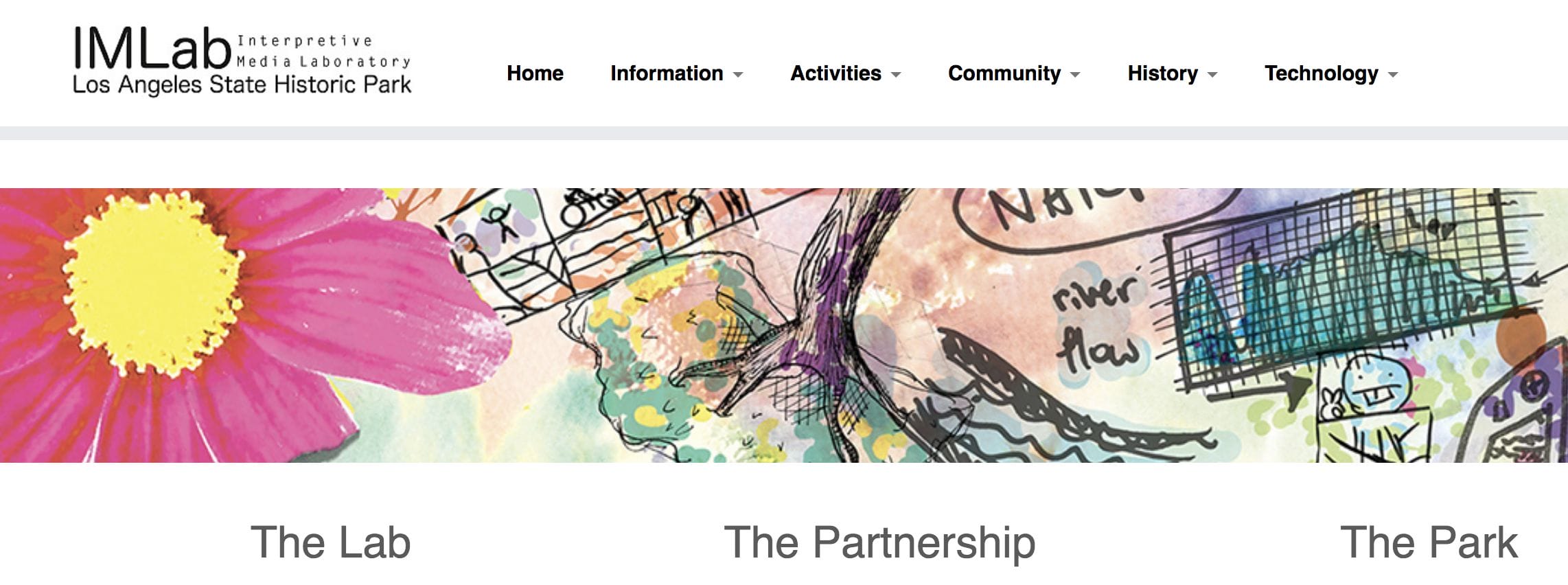The Interpretive Media Laboratory (IMLab) is a partnership between UCLA REMAP and California State Parks that began in 2011—to conceive and prototype innovative approaches to interpretive technology for urban spaces. IMLab’s “living laboratory” is the Los Angeles State Historic Park (LASHP), a significant 32-acre site immediately outside of Downtown Los Angeles.
IMLab aims to discover and interpret culture, history and ecology through innovative use of media and technology—specifically to:
-
- generate meaningful, resonant interpretive experiences;
- promote visitors’ engagement with the entire Park site and surrounding historic neighborhoods;
- enable collective, enriching activities;
- empower individuals, groups and communities to share their stories and experiences of Los Angeles;
- facilitate long-term relationships between the Park and visitors;
- connect the Park to the rest of Los Angeles;
- make the Park a living laboratory for learning about the City’s cultural and natural history.
LASHP sits just south of Dodger Stadium, adjacent to the LA River. A resonant place for Angelenos, it has seen each major phase of technological and social development in City history, including the engineering of water supplies, railroads, and freeways.
The project is the result of the previous six years experimenting during the Remapping LA project. Since 2006, REMAP has been building a database of historical images for the neighborhoods surrounding LASHP—geocoded, carefully tagged, and curated by UCLA students and researchers, and now contributing to IMLab’s processes of creating interactive murals, developing applications, and conducting courses, workshops and internship programs.
REMAP’s IMLab team: Fabian Wagmister, Jeff Burke, James Dellemonico, Taylor Fitz-Gibbon, Diana Ford, Ren Rong, Dominic Foong, Nadya Wijaya, Chengyi Lim, Zening Qu.
UCLA REMAP and California State Parks—2011-present.
